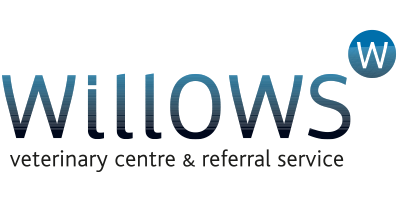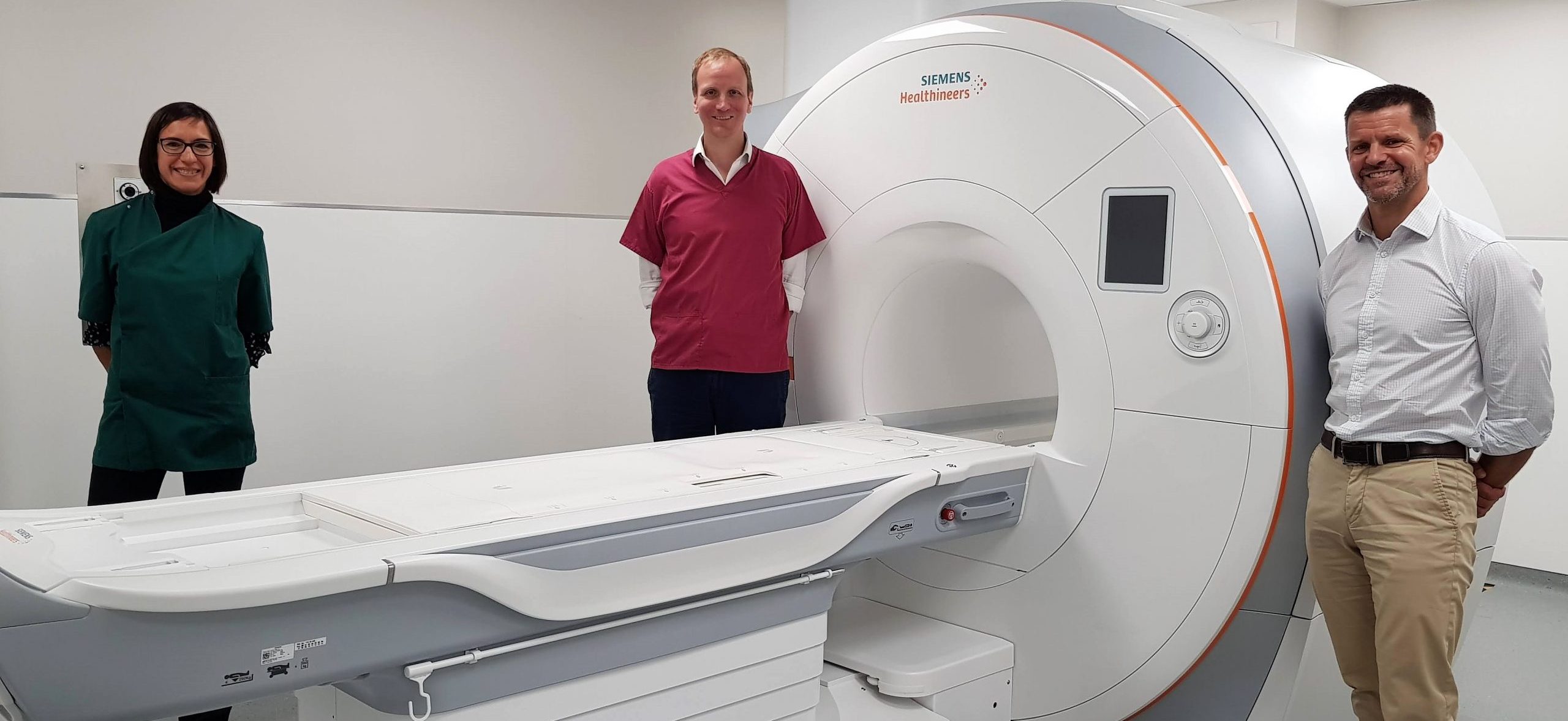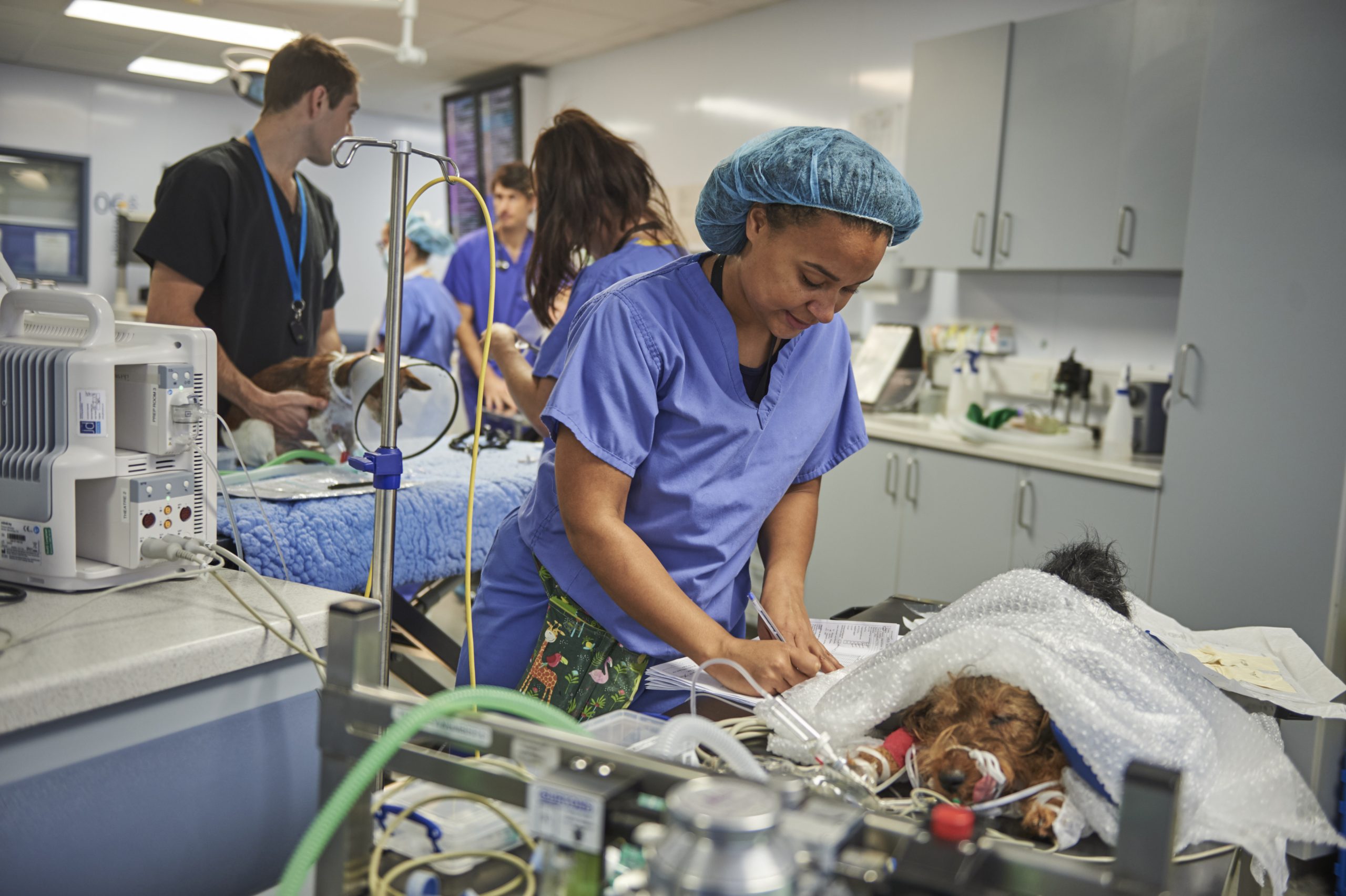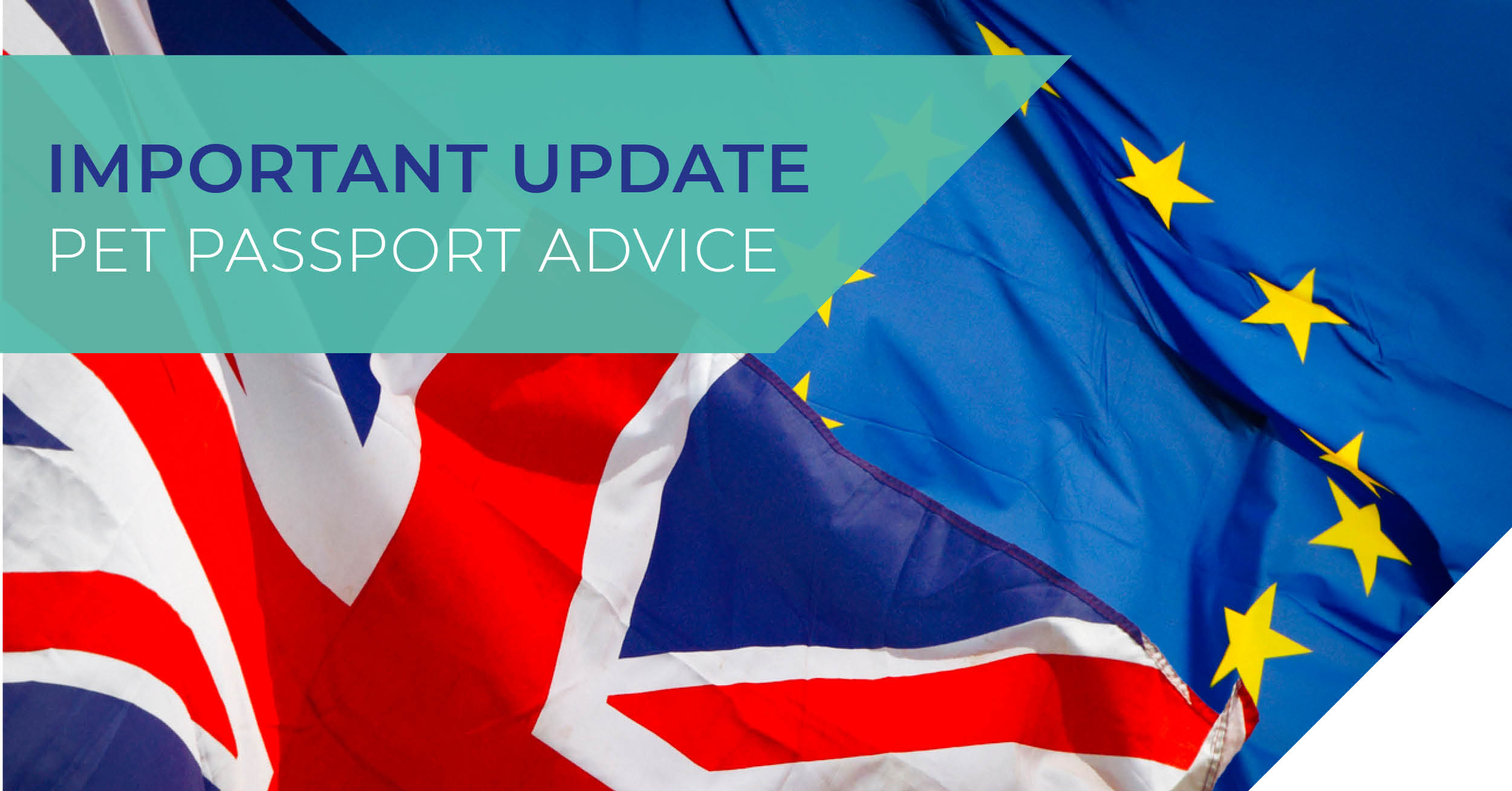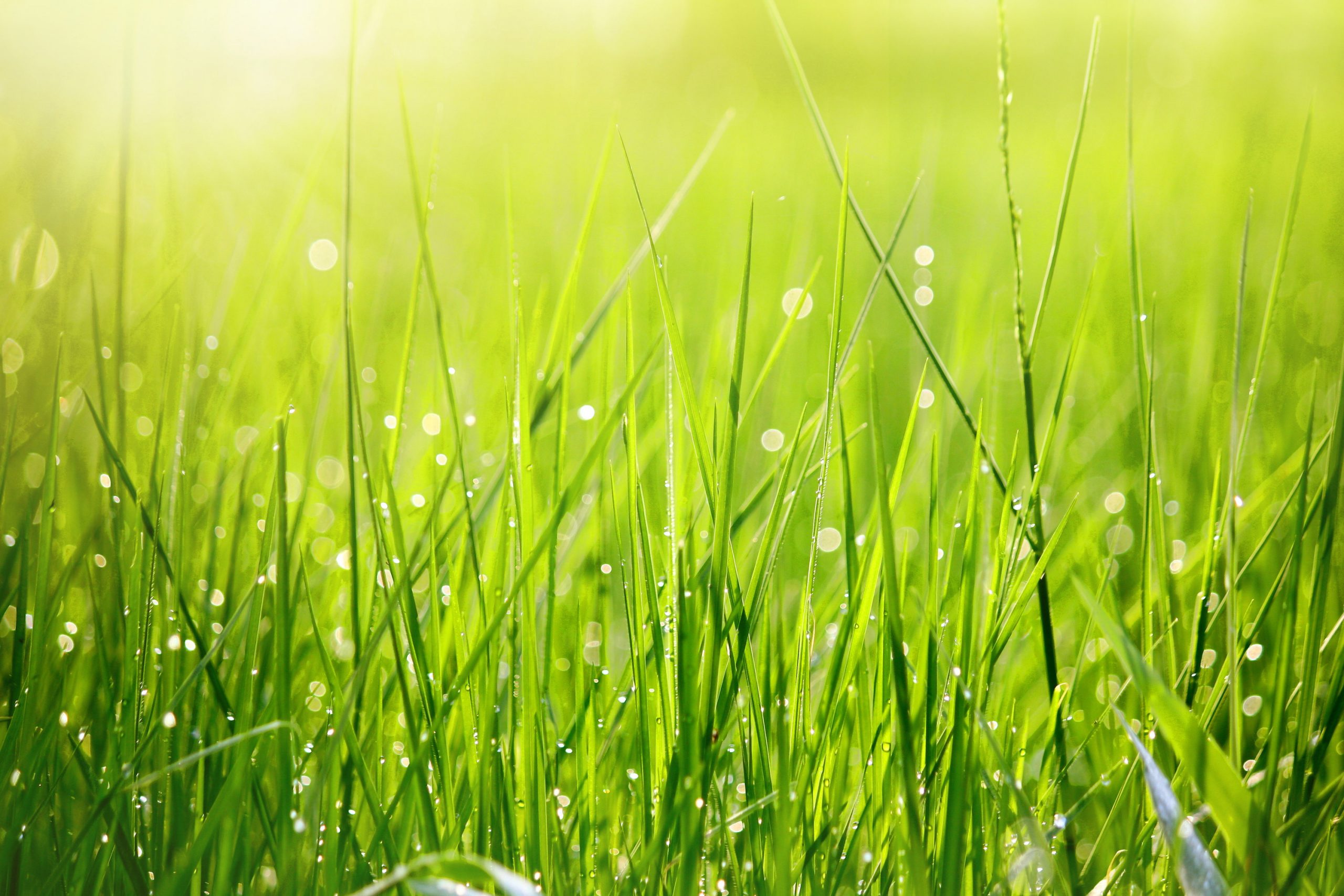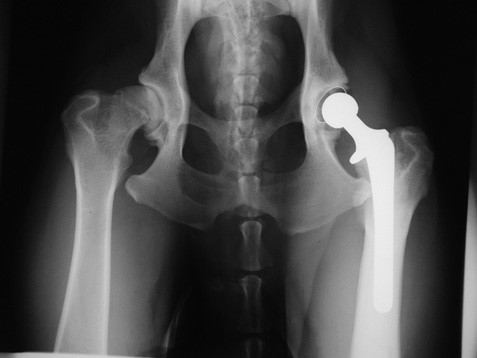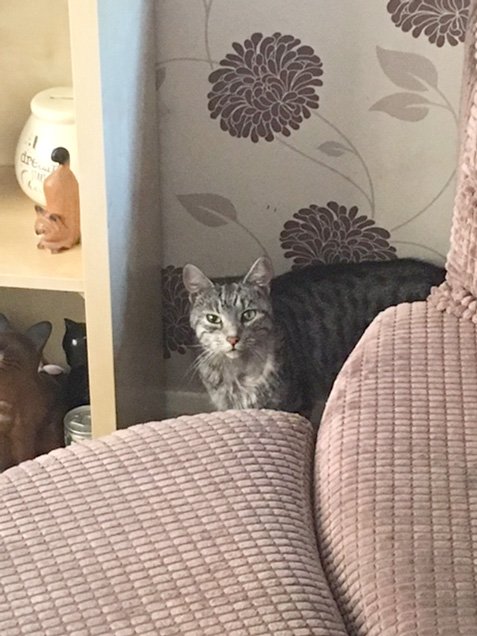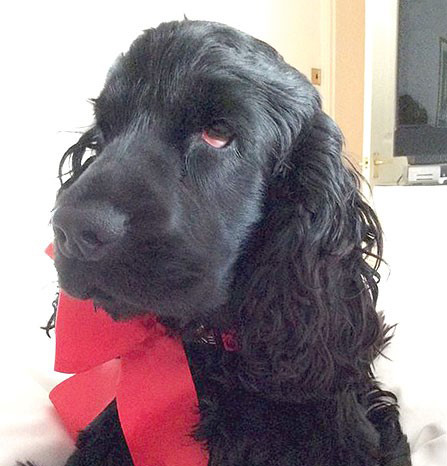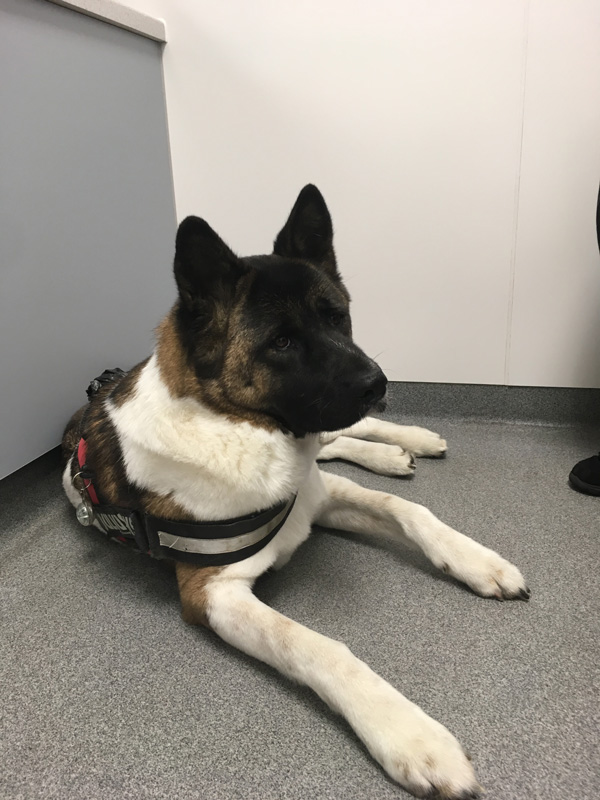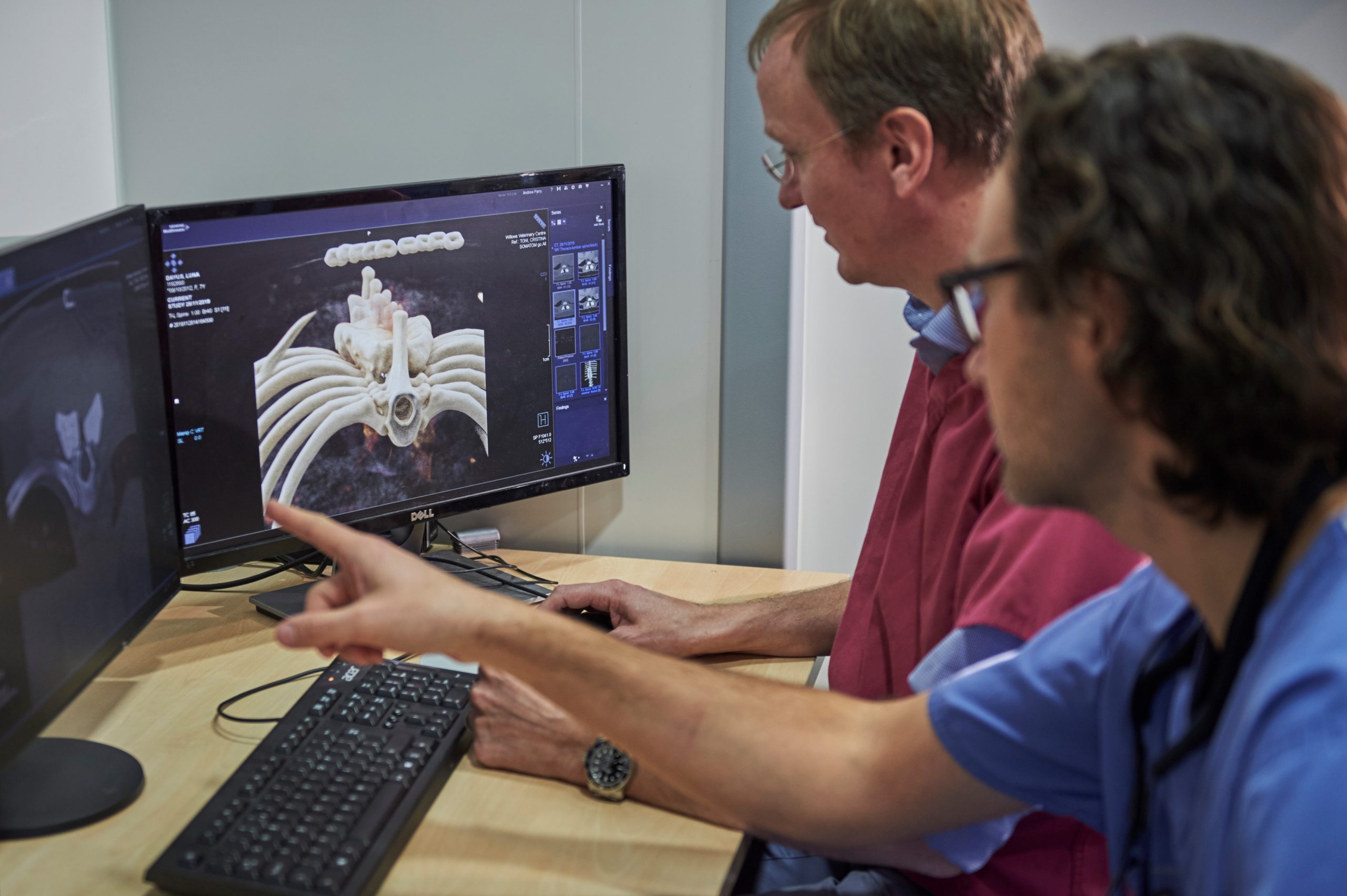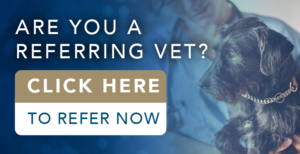Here at Willows, we have signalled our intent to continue leading the veterinary industry with a significant investment in a new state-of-the-art MRI scanner to complement our world-class team and deliver the best in class diagnostic imaging for pets.
We have just invested more than £1.4 million in a high-specification Siemens Magnetom Sola 1.5 magnet scanner, which we believe to be the first of its kind in the UK Veterinary market.
Head of imaging here at Willows, Andrew Parry, an RCVS and European Specialist in Diagnostic Imaging, says it is a significant and remarkable move, which ensures Willows stays at the forefront of the veterinary industry throughout Europe.
He said: “There are very few veterinary hospitals anywhere in the country which would have the case-load or the complexity of cases to justify such a sizeable investment. Additionally, this magnet will bring multiple opportunities for clinical research which could ultimately lead to improvements in animal health.
“Willows is home to one of the UK’s largest teams of Specialist Radiologists, offering unrivalled diagnostic imaging and outstanding clinical expertise to support our team of board-certified specialists across a full range of disciplines, for which imaging forms the cornerstone of our multidisciplinary approach to patient care.
“The arrival of this Siemens scanner is the latest example of an ongoing investment at Willows to ensure we stay at the vanguard of veterinary care.”
Led by Andrew, our highly-qualified diagnostic imaging team includes Ines Carrera, Sally Griffin and Elizabeth Baines, all of whom are RCVS and European Specialists; European Specialists Luis Mesquita and Amy Ferreira; Resident in training Philippa Weston and Radiographer Andrew Tanner, who graduated in diagnostic radiography from King’s College London and spent 13 years working as a radiographer in the NHS before moving to the veterinary sector.
Generally, veterinary practices choose to upgrade existing high-field MRI equipment, rather than investing in a new product, however, Andrew said we are bucking the trend here at Willows: “To my knowledge, we are the only centre in the UK that has fully replaced a high-field magnet MRI with a complete new solution.
“This is very unusual as scanners tend to be upgraded from a high field to higher field, rather than replaced altogether.
“However, our aim wasn’t to purely upgrade the equipment, it was to have access to the best diagnostic imaging equipment available, in order to ensure high-quality images are obtained and interpreted, providing the most accurate and rapid diagnosis for our patients. This can make a significant difference to the level of care we are able to provide for pets.”
Our continued commitment to delivering the best diagnostic imaging possible has also included more than £300,000 of additional investment to adapt and improve their diagnostic imaging suite in order to house the new Siemens MRI.
Andrew said: “This has been a complex building project, and the cost of adapting the imaging room for the new scanner was significant. The gradient coils of the new machine are much more powerful and generate heat, which means we needed to add a much larger chiller as well as all the pipe work which had to be replaced.
“It all represents a bold and pioneering approach which will see a quantum leap forward in our ability to diagnose, treat and rehabilitate our pet patients.
“It’s hugely exciting. We will begin training shortly and are aiming to be fully operational soon after. It will take quite some time for us to learn all that the new scanner is capable of. We are fortunate to have a large amount of on-site training from Siemens applications specialists.
“I’m thoroughly looking forward to taking our imaging service to an even higher level.”
